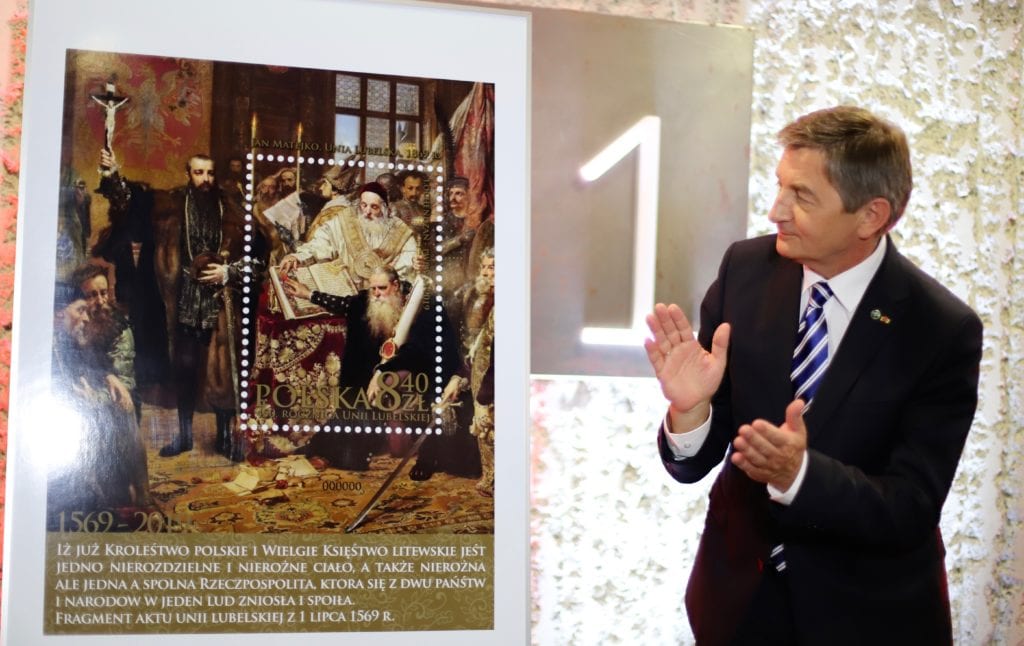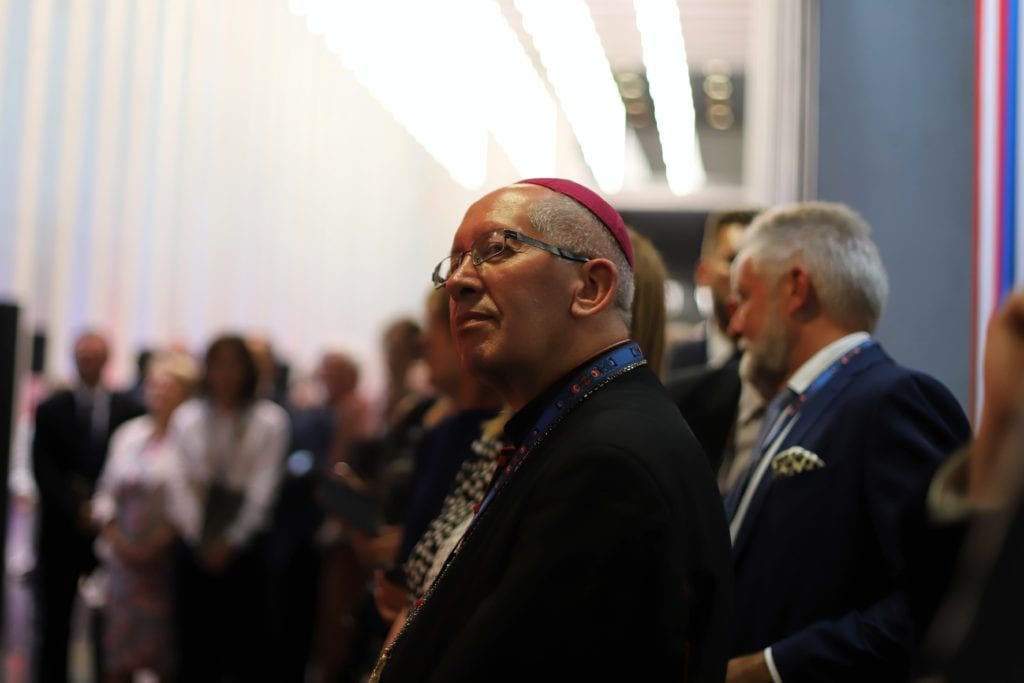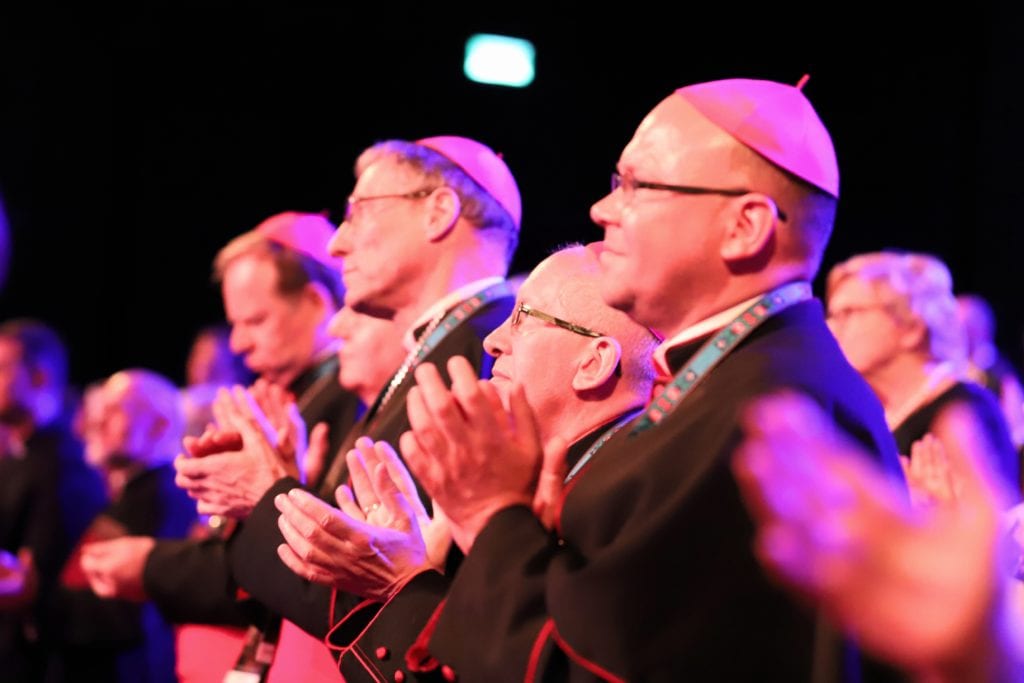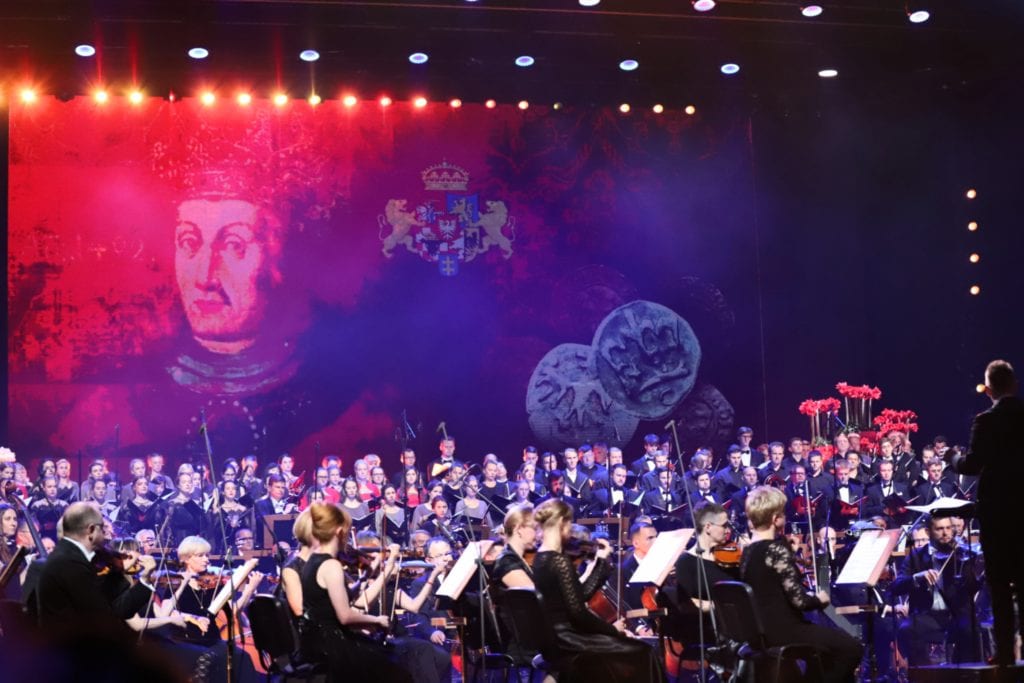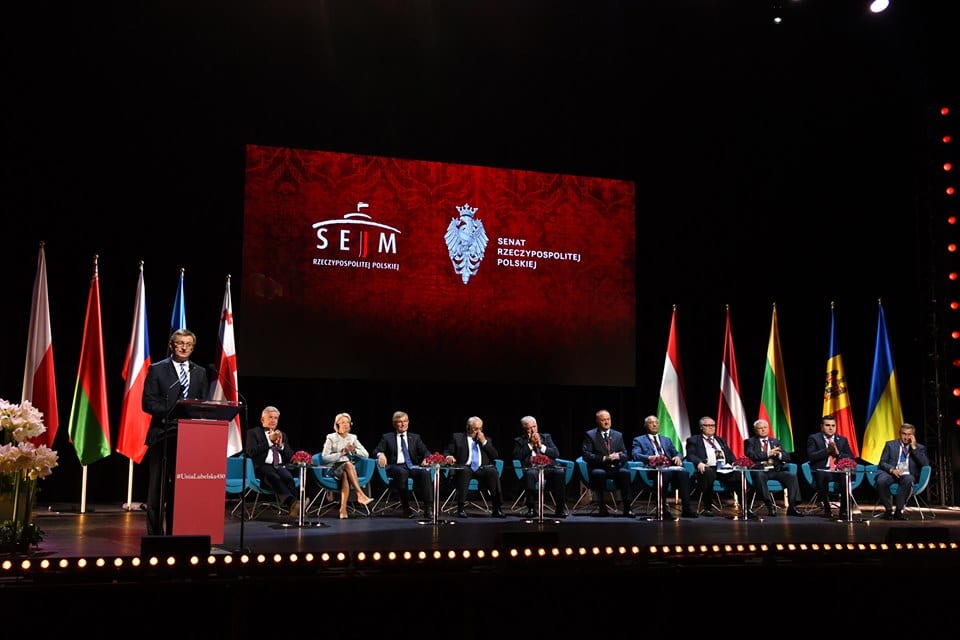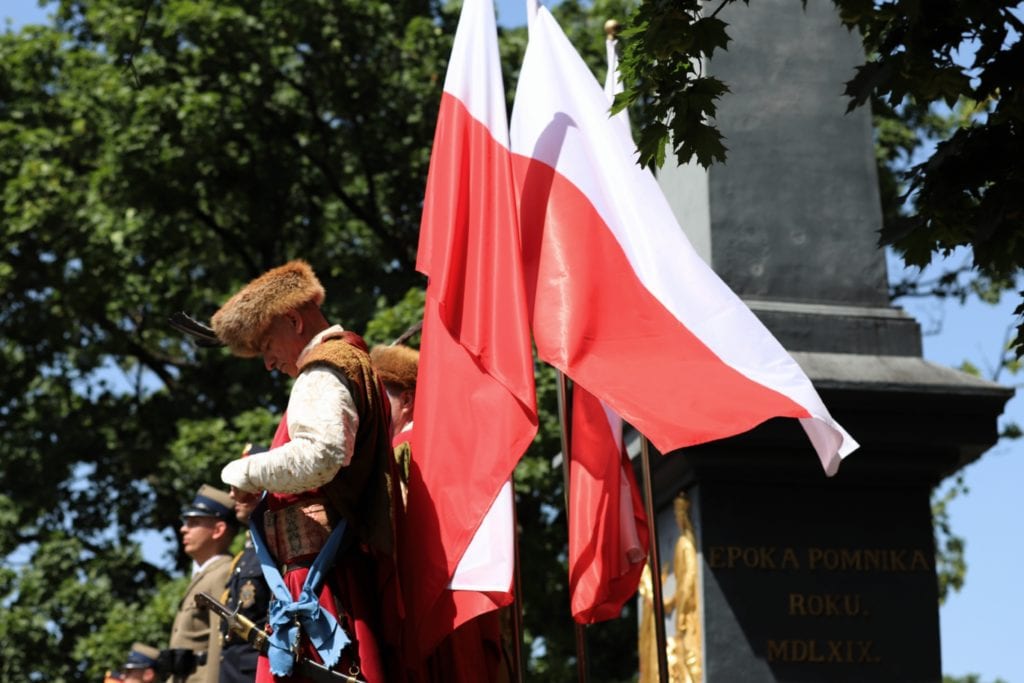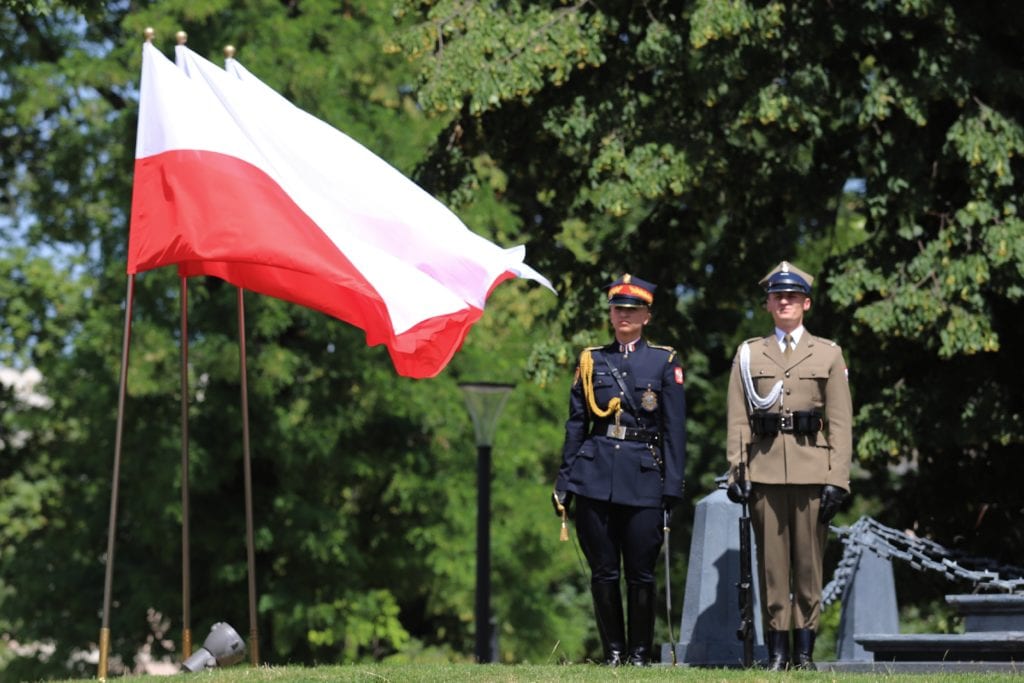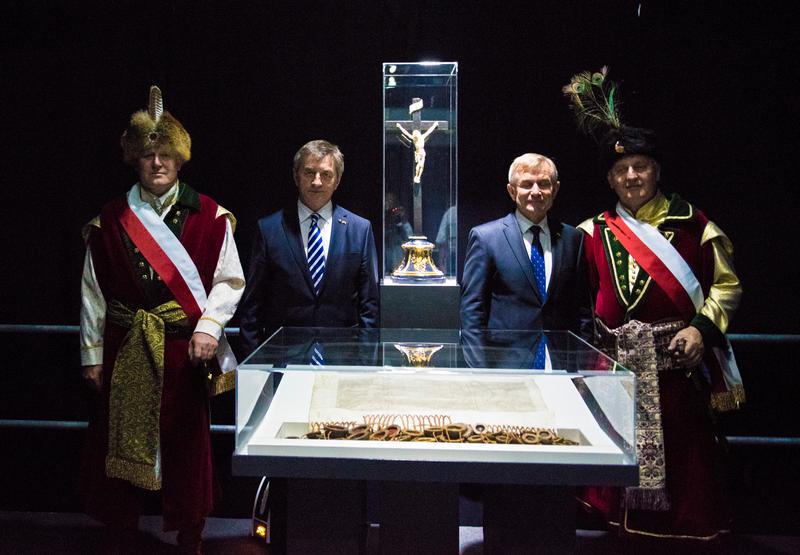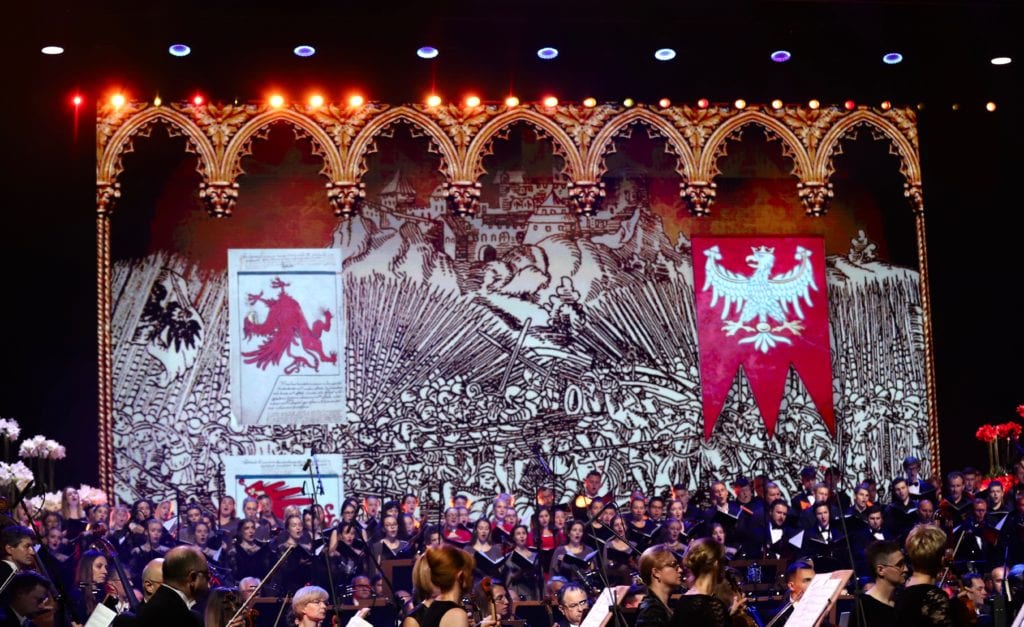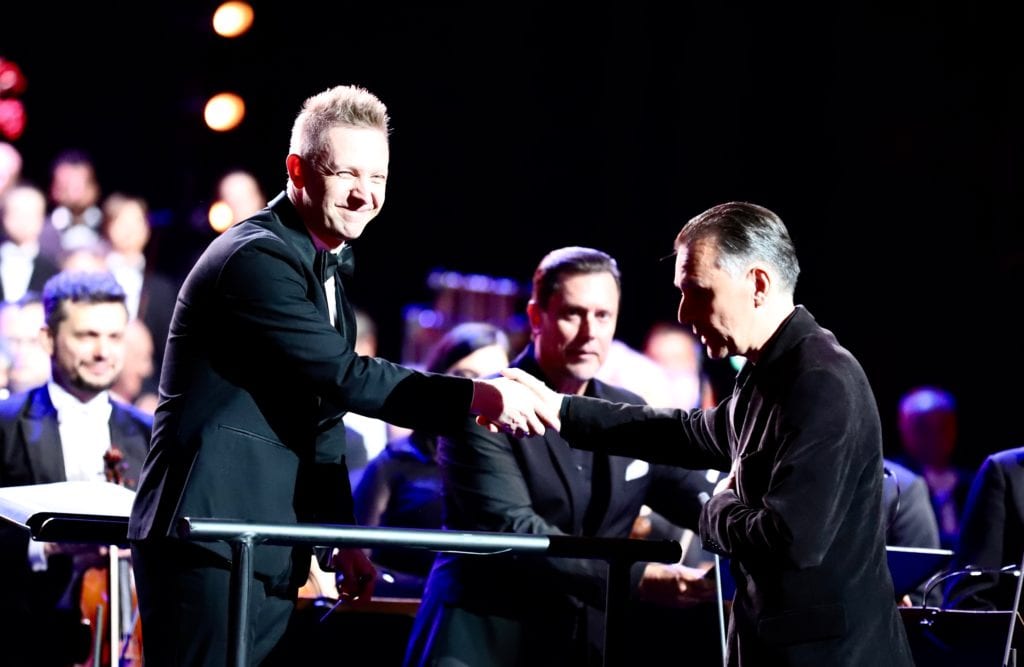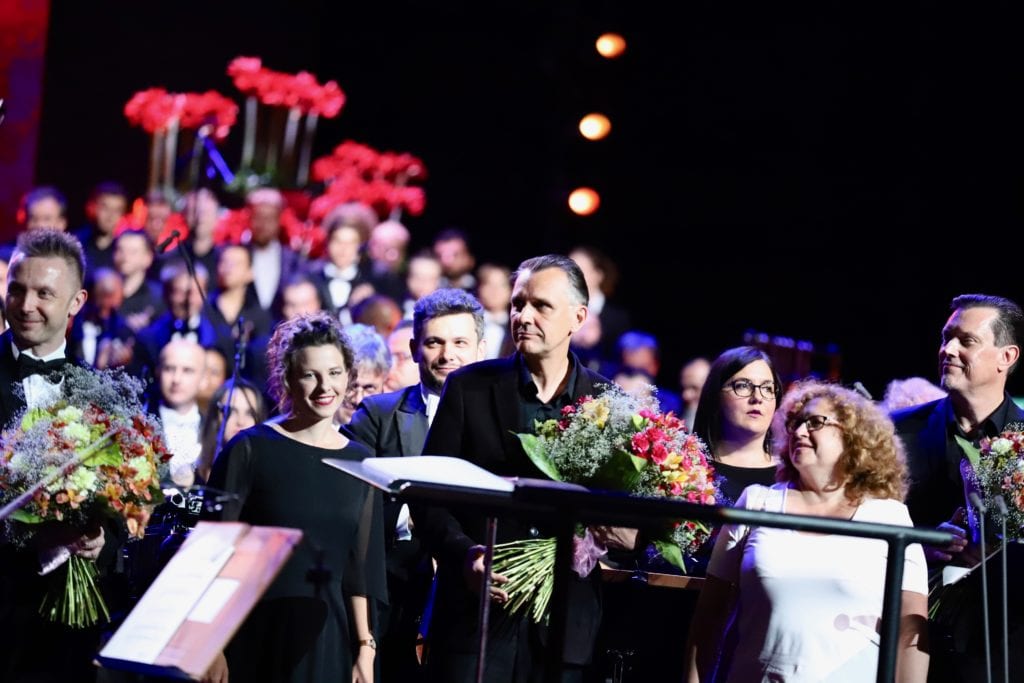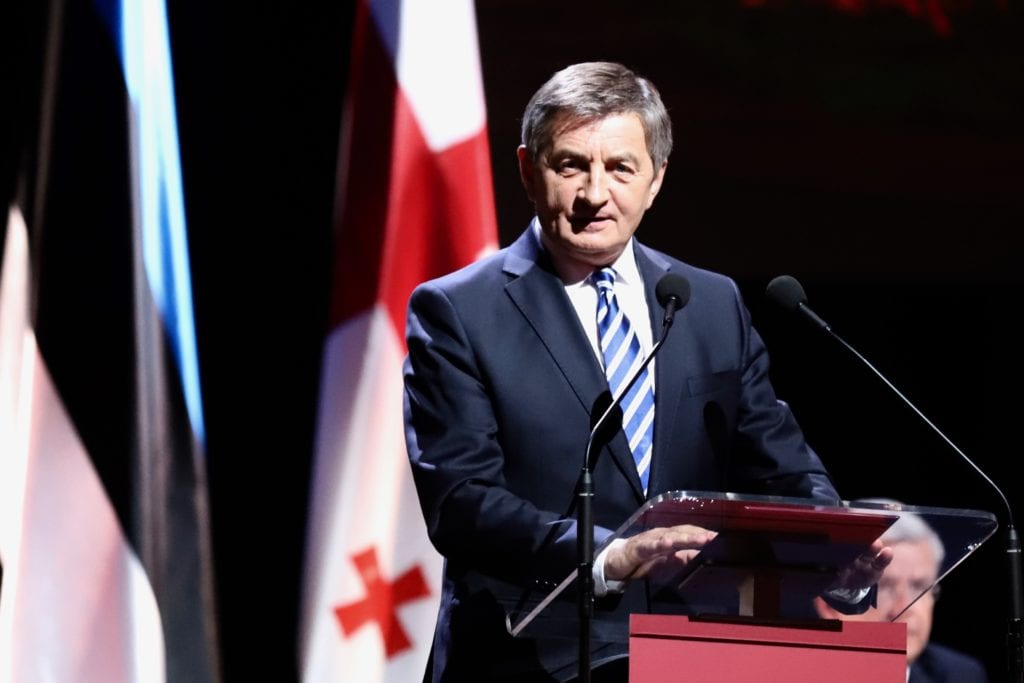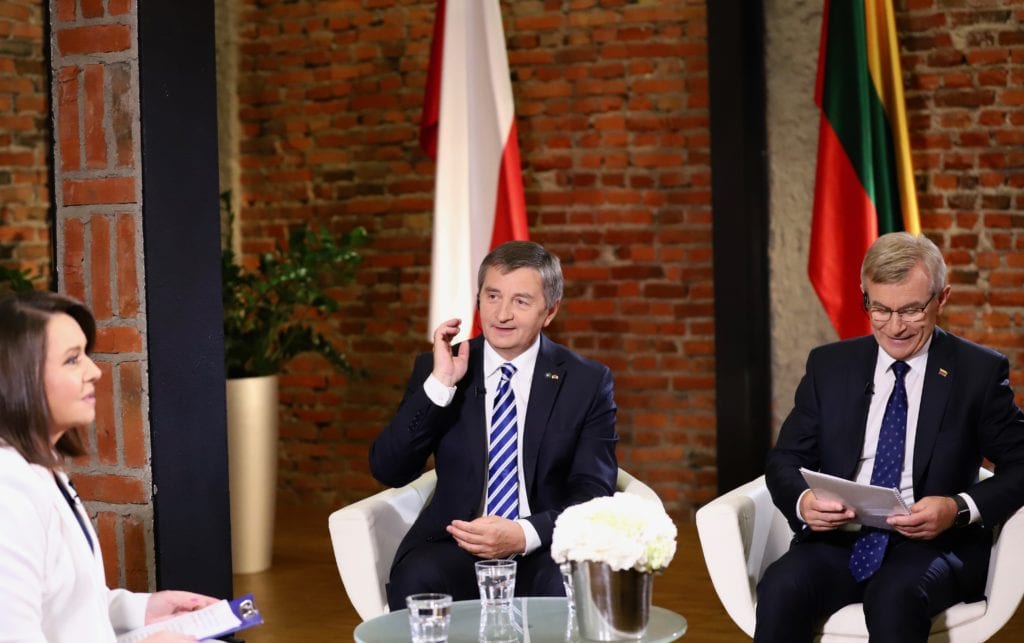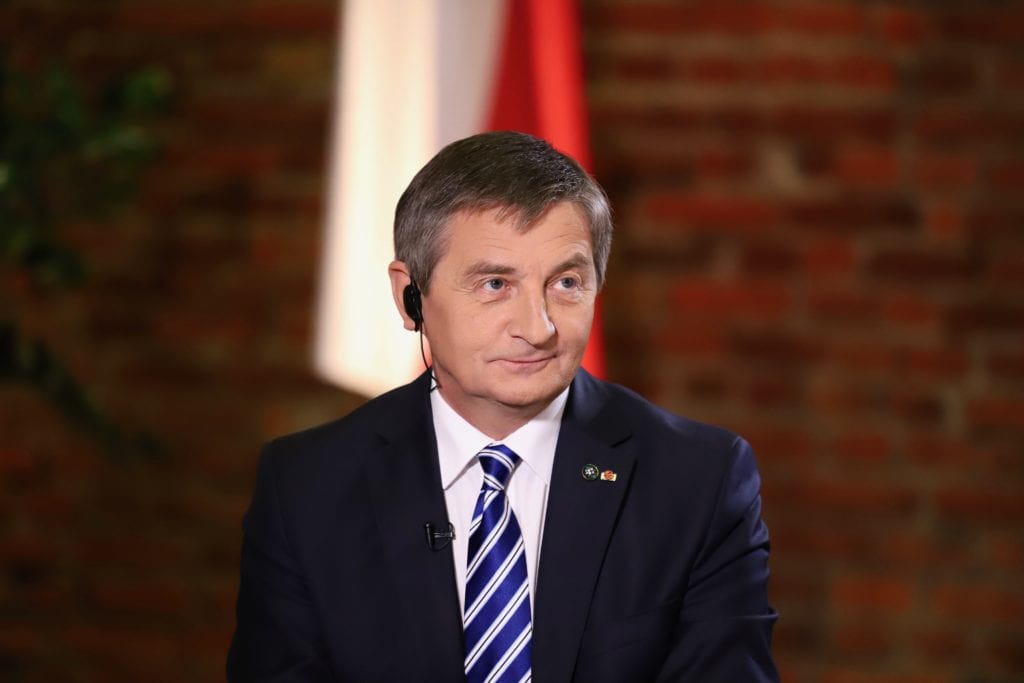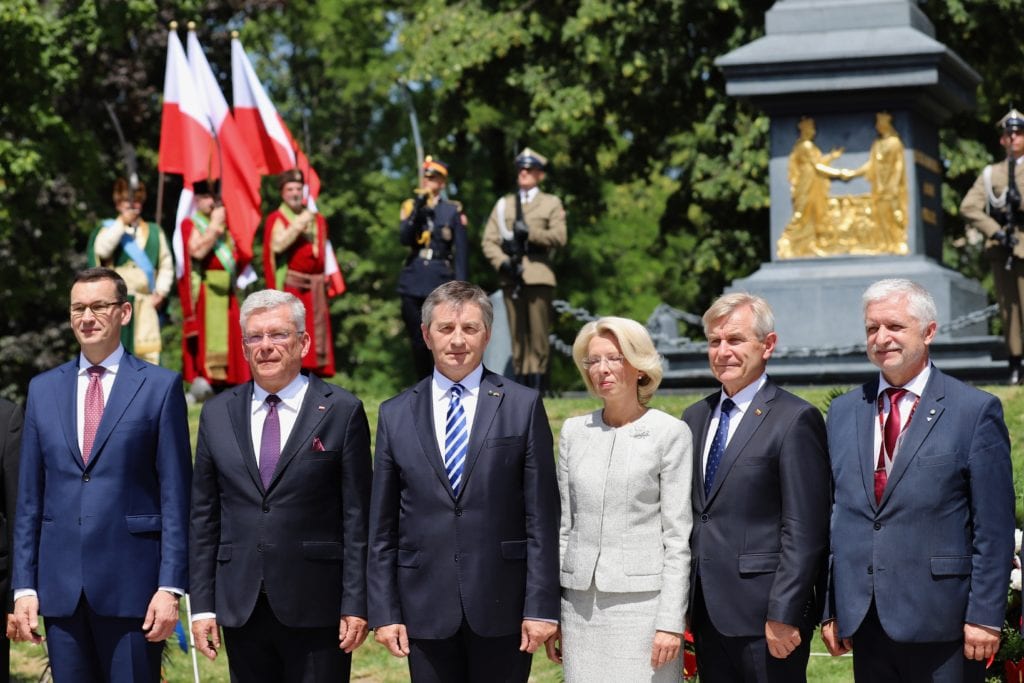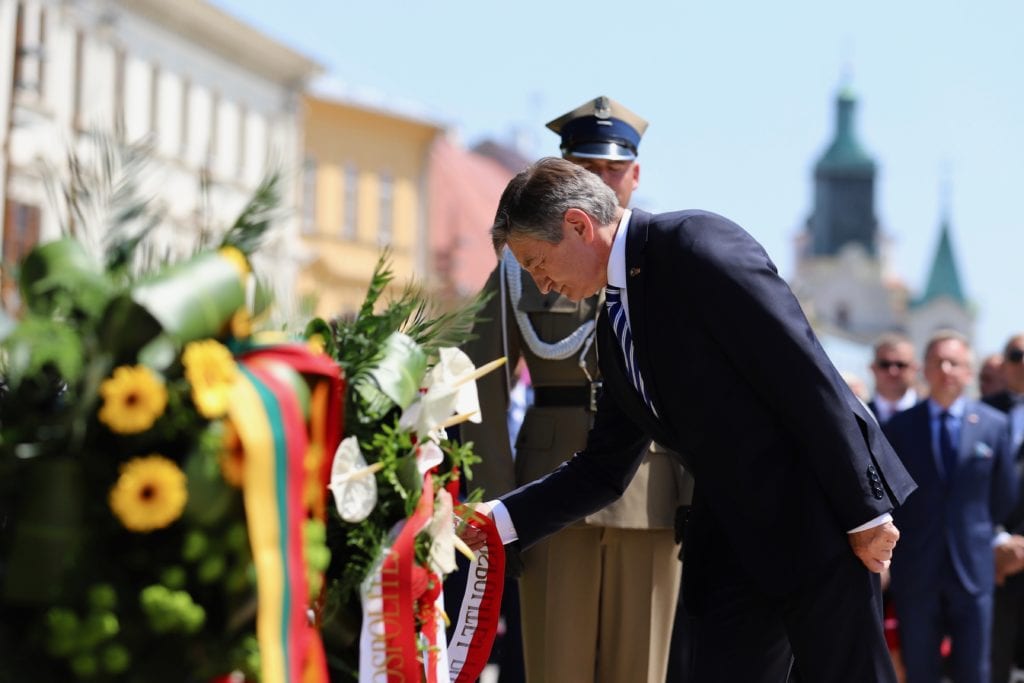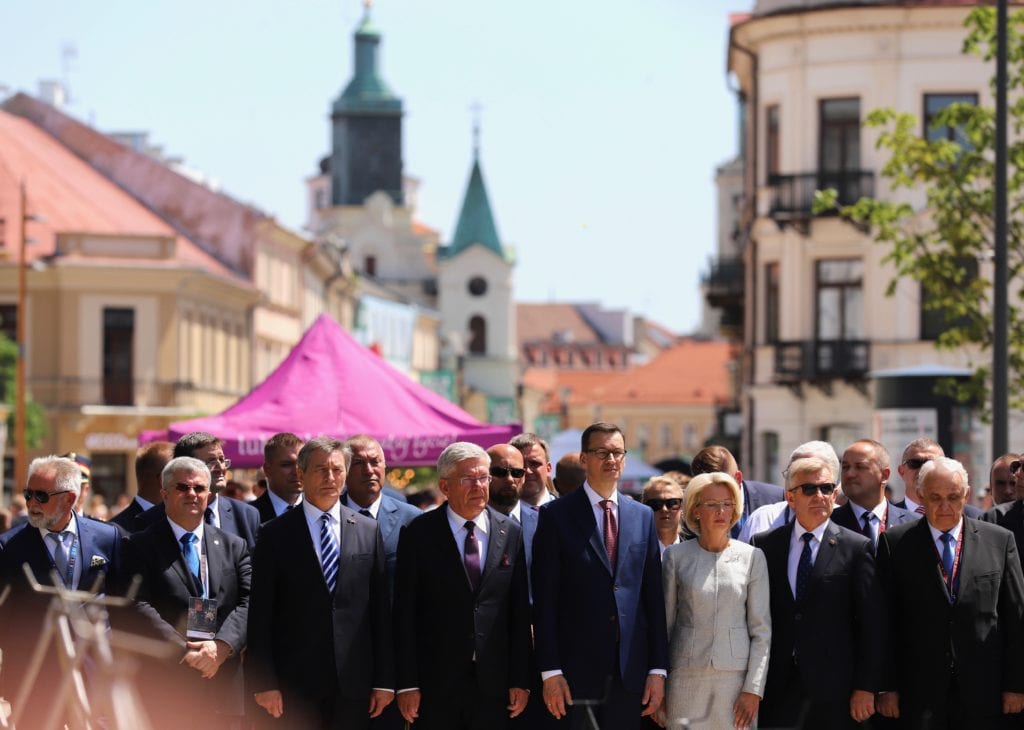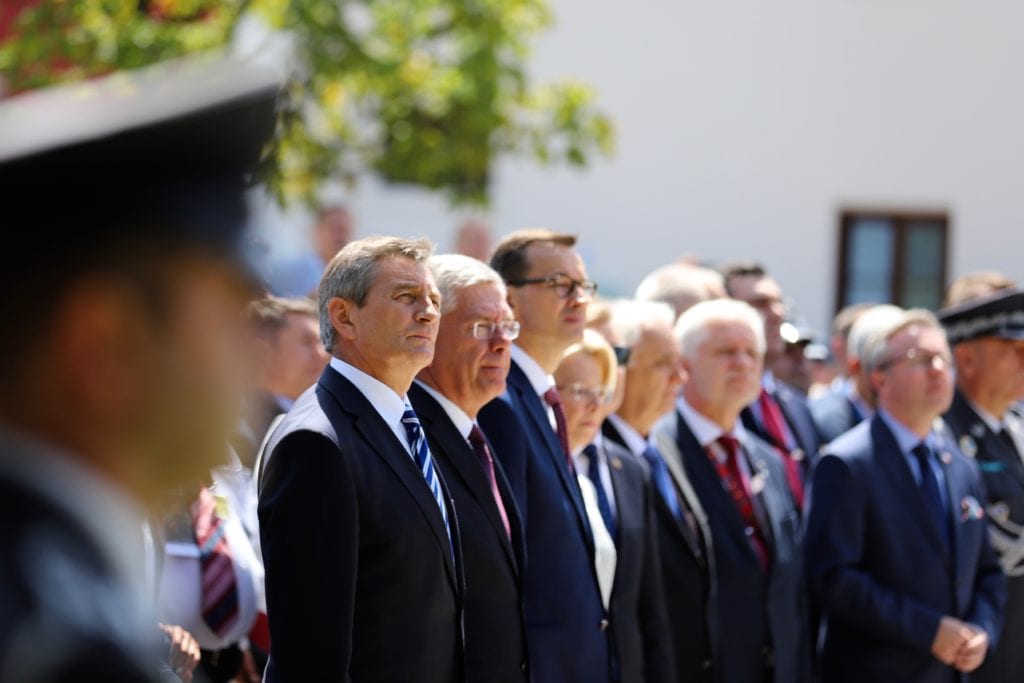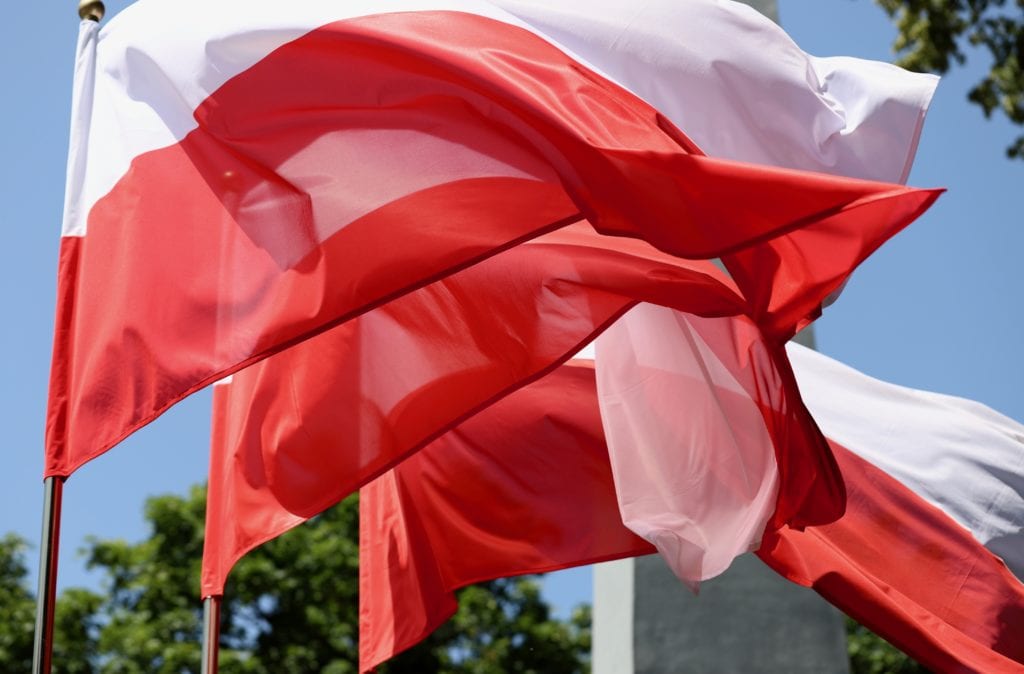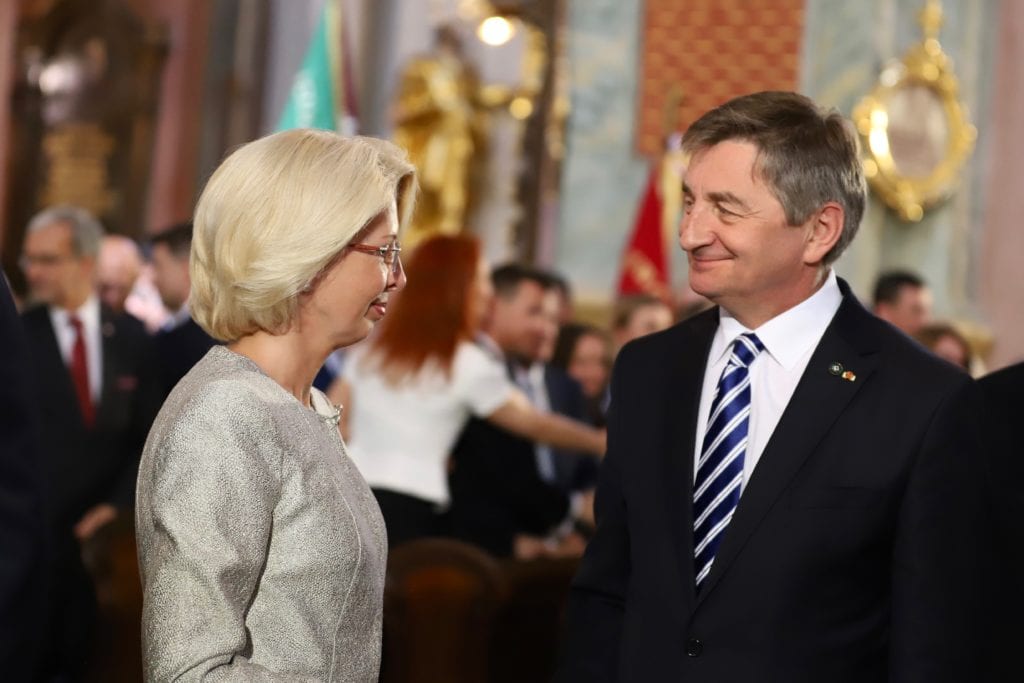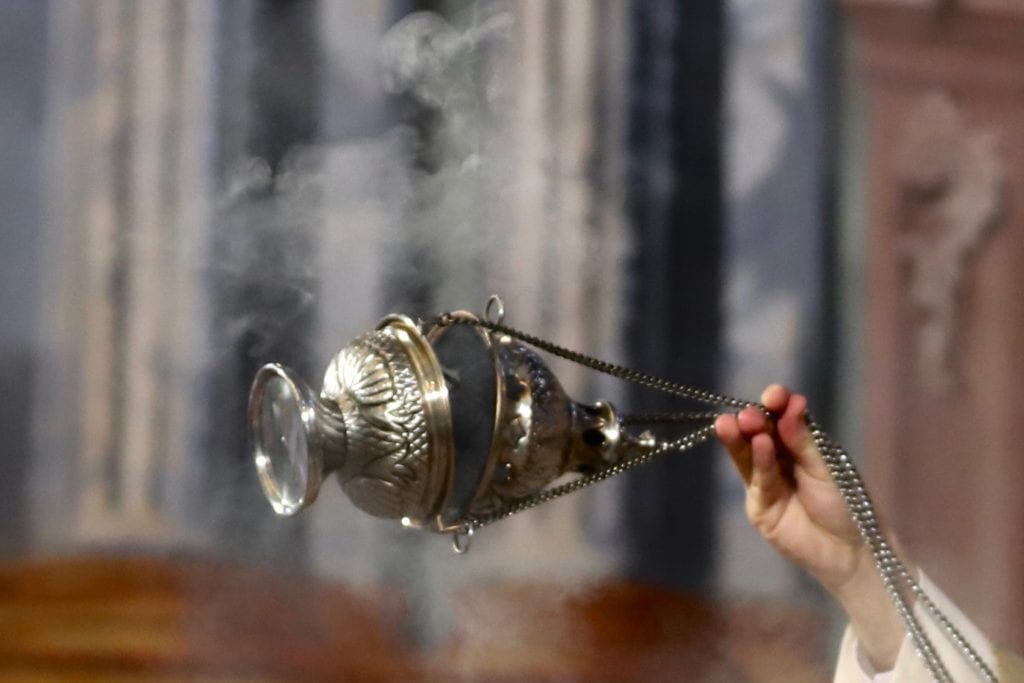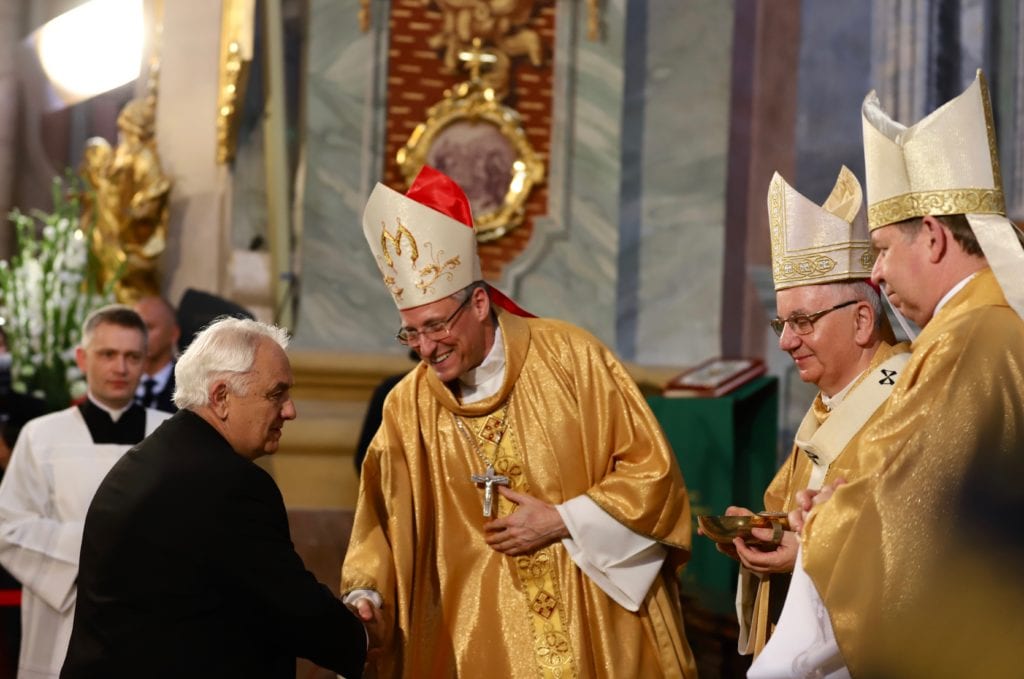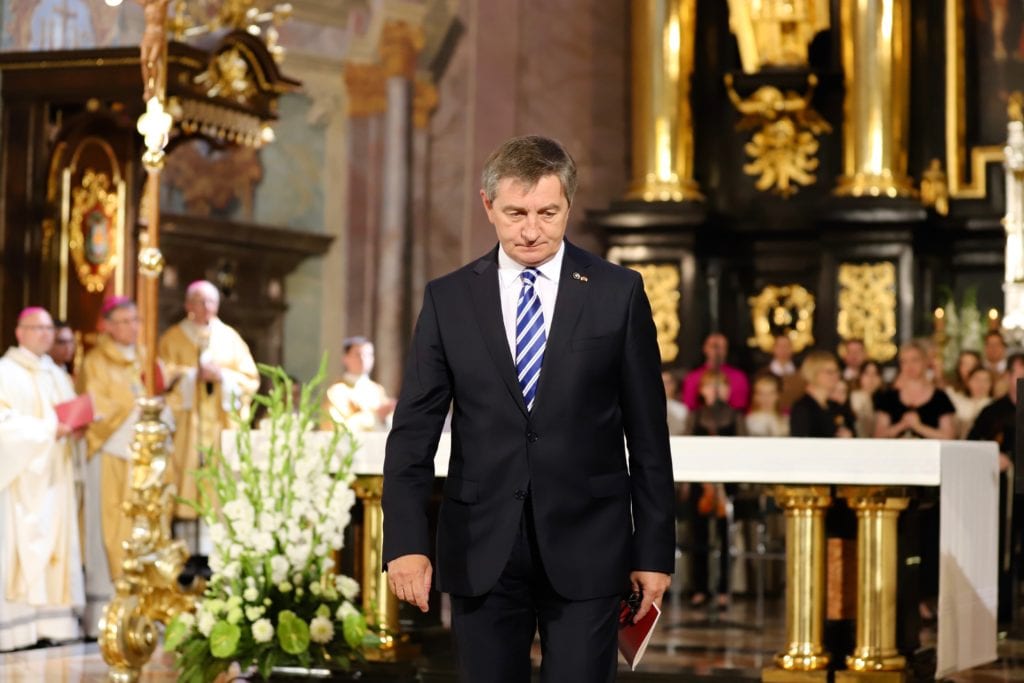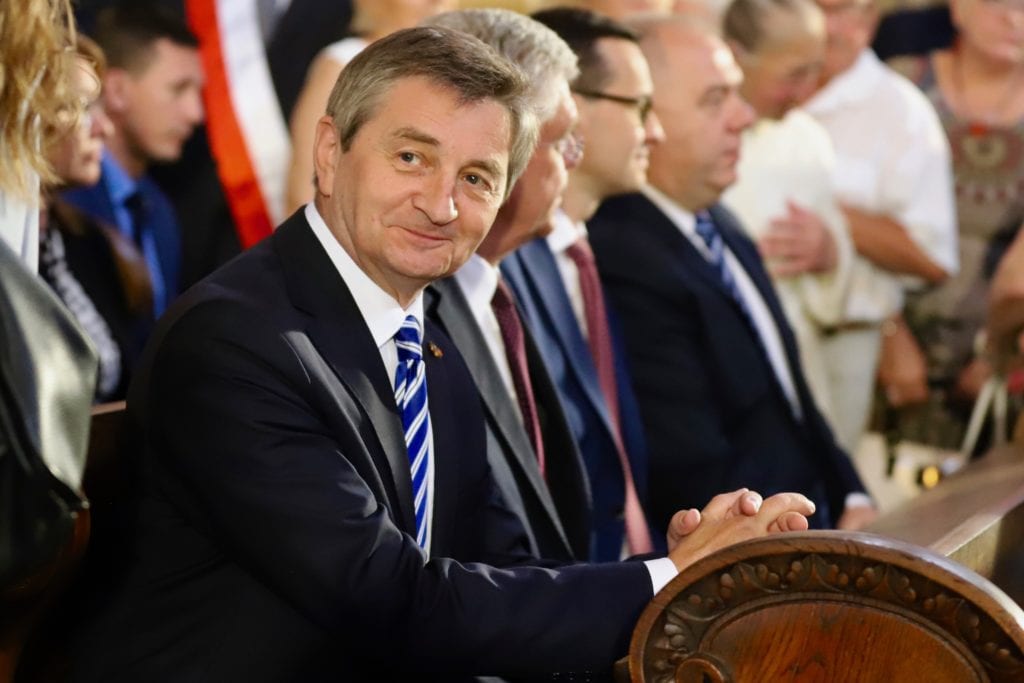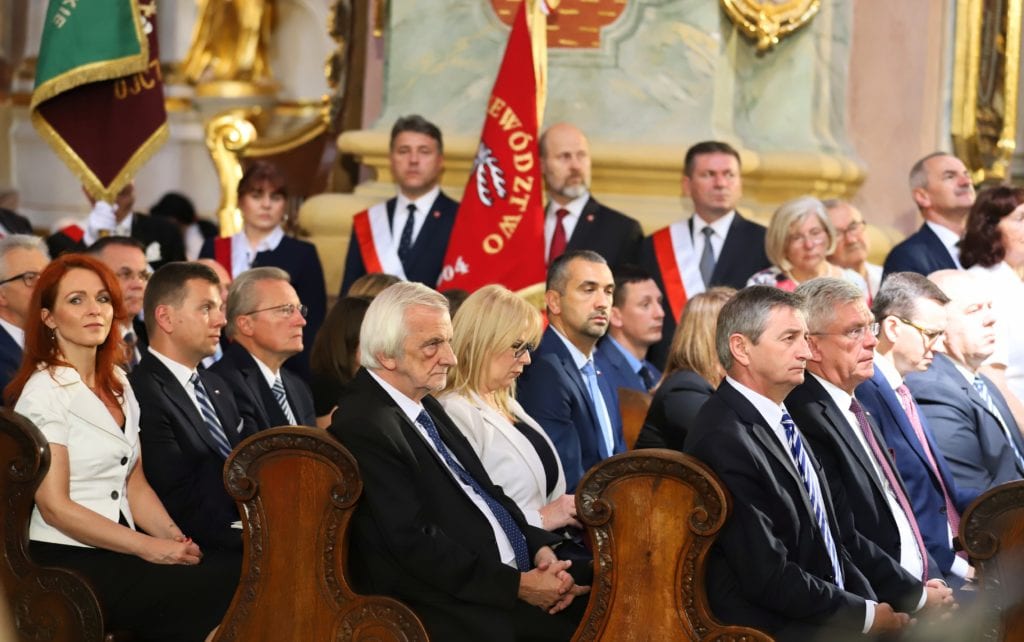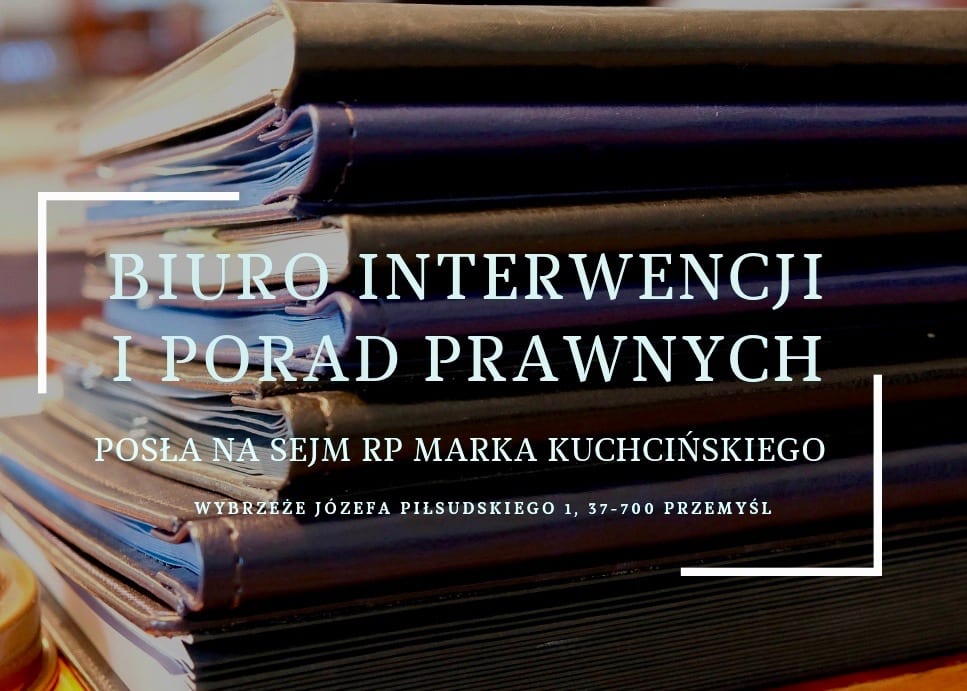On Sunday in Lublin, celebrations related to the 450th anniversary of the Union between Poland and Lithuania were held with the participation of, among others, the Speaker of the Sejm, the Marshall of the Senate, the Prime Minister, parliamentarians, ministers and foreign guests.
The Union of Lublin was an epochal event that for many years determined the political order and the social order in Central and Eastern Europe. It created the Polish-Lithuanian Commonwealth, a coherent and stable political entity, which was a rare example of a successful compromise between different nations, lands, religions, cultures and languages - said Marek Kuchciński, Speaker of the Sejm, opening the debate attended by Stanisław Karczewski, Speaker of the Senate, and foreign guests, including the Speaker of the Lithuanian Parliament
Viktoras Pranckietis.
Further part of the speech by Speaker of the Sejm Marek Kuchciński:
The essence of this great project was contained in the slogan: "free with free, equal with equal", which was realized with full force. A new public space was created, the pillars of which were: parliamentarism, self-government, tolerance, independence of the judiciary, republican choice of monarch, liberty and equality, and a wide private sphere. These These are the pillars of the Republic of Poland at that time which today are the legacy of the Union of Lublin. In those centuries, the Polish-Lithuanian state was a political and At that time, the Polish-Lithuanian state was a political and political absolutist rule and the principle "whose country, his religion" became a standard. The Republic of Poland was The Rzeczpospolita was a negation of these tendencies and therefore appeared attractive to many individuals. Many newcomers from neighbouring countries and even from Western Europe settled within its borders, and even from Western Europe. The Polish-Lithuanian Commonwealth became a haven for many for many societies, guaranteeing them stability and secure development.
The Lublin Union is an example of organizing international cooperation in the region in such a way that it is lasting and bringing benefits, development and stability. In the years 1569-1648 Undoubtedly, it guaranteed security to all its inhabitants, as well as It also created favorable conditions for economy, wealth and the realization great careers. I will mention here, for example, two great politicians of those times: Jan Zamoyski - the representative of the Polish Crown and Lew Sapieha - who represented the Grand Duchy. They were not monarchs, but they played an exceptional historical role, taking care of the expansion of the political model of the Republic of Poland to the neighboring lands.
Our formal debate today was entitled: "The European significance of the heritage of the Lublin Union for modern nations and states". This title is meant to emphasize that we have met in Lublin today not only to commemorate the achievements of our ancestors, but also to reflect on the experiences we can draw from the history of our common fate.
In the Union of Lublin Many models for contemporary international politics can be discerned in the Union of Lublin. After all, the Polish-Lithuanian Commonwealth was a huge organism that survived for over two hundred years. The Polish-Lithuanian Commonwealth was a huge organism that survived for over two hundred years. In this context it is necessary to constantly the importance of the experiences of the Lublin Union in solving problems of international politics. Protection of common values as the basis for unity of nations or the development of cooperation in respect of diversity and The protection of common values as a basis for uniting nations or the development of cooperation in respect of diversity and traditions of individual states are goals that we should strive for, as they They constitute, as the example of the Lublin Union has shown, the foundation of effective and lasting integration.
I trust, therefore, that today's meeting will not only be a form of commemorating the 450th anniversary of the Lublin Union, but also an effective attempt to answer some important questions:
- What do the states owe to the Union of Lublin, nations and citizens of Central Europe?
- Can we talk about the influence of the Lublin Union on the development of the European Union and Central and Eastern Europe?
- Can the Lublin Union be a historical a historical model for contemporary cooperation in the region?
- What are the most important contemporary values resulting from the tradition of the Lublin Union?
The answers to these questions can be extremely helpful in determining the future of our region and the direction in which Europe should be heading and the tasks facing our countries.
Marek Kuchcinski's speech during the presentation of a commemorative postage stamp:
The act The act of concluding the Polish-Lithuanian union in Lublin in 1569 was a proof of innovative The act of concluding the Polish-Lithuanian Union in Lublin in 1569 was evidence of innovative treaty and legal thinking as well as geopolitical reflection. The Sejm in Lublin Lublin Seym brought to life an unusually durable and stable multicultural and multireligious community. and multi-religious community. Citizens of the Republic included: Poles, Lithuanians, Latvians, Russians, Jews, and Georgians.
Republic - reaching during the period of its greatest territorial expansion from Livonia to the Black Sea - became a bridge between East and West, a space for dialogue, not not only international, but also intercultural dialogue. One of the institutions, One of the institutions whose birth and development are closely linked with the far-sighted policy of the One of the institutions whose birth and development is closely linked with the far-sighted policy of the Jagiellonians was the Polish information within the state and to maintain lasting diplomatic and economic relations with other European countries. with other European countries. The creation of the Polish Post can be considered part of the political strategy of the Jagiellonians, which culminated a few years later in the signing of the Act of the Real of the real union of the Crown and Lithuania.
Social The memory of the history of the union was preserved by the witnesses of the events in Lublin, the diaries of the Sejm, and then upheld by historians, writers and artists. artists. In Poland, a special place in building a vision of national history painting by Jan Matejko occupies a special place in Poland. The painting "Union of Lublin" - immortalized on the stamp of the Polish Post stamp - was created in 1869 to commemorate the three hundredth anniversary of the anniversary of the signing of the act. On the canvas, the artist combined two historical events: the king's exhortation to sign the union and the act of its swearing in. This work has permanently entered the parliamentary iconography. Moreover, for several decades the painting decorated the The painting has been permanently included in parliamentary iconography.
We thank the Polish Post for its contribution to the dissemination of knowledge about the history of parliamentarism. In February this year the Polish Post issued a stamp commemorating the Legislative Sejm, the first parliament of reborn Poland. Today in Lublin we commemorate the birth of the Polish-Lithuanian Commonwealth - a refuge of democracy and republican values.
Photo by Marta Olejnik

